Imagine embarking on a journey across continents, oceans, or even entire hemispheres—without a map, compass, or smartphone. For many animals, this is an everyday reality. Their internal navigational systems are so precise that even our most advanced GPS devices pale in comparison. From tiny insects to massive mammals, these creatures rely on innate abilities to find their way, migrate, and survive. How do they do it? Join us as we unveil 28 astonishing animals with built-in GPS that will leave you in awe of nature’s ingenuity.
1. Arctic Tern
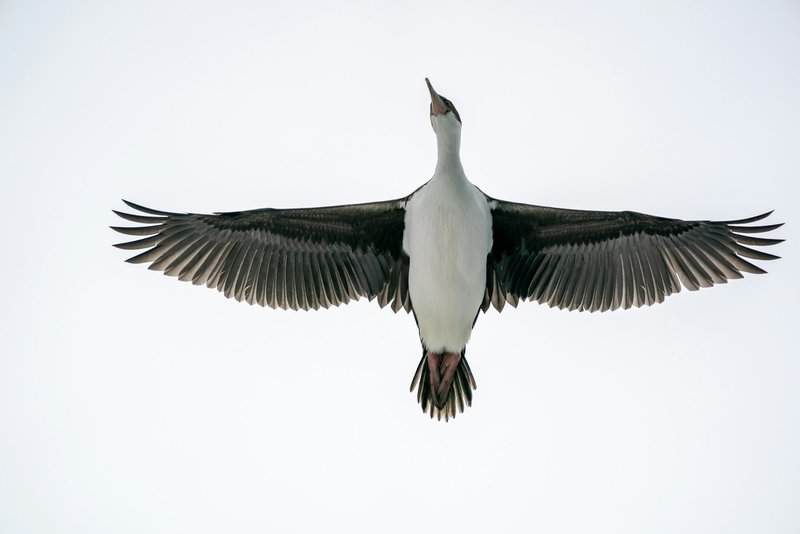
The Arctic Tern is a true champion of long-distance travel, boasting the longest annual migration of any animal. Each year, these remarkable birds journey from the icy Arctic to the Antarctic and back—an astounding round trip of over 40,000 miles. Experts believe Arctic Terns rely on a combination of the sun’s position, Earth’s magnetic field, and even their sense of smell to guide them with astonishing precision. Source: National Geographic
2. Homing Pigeon
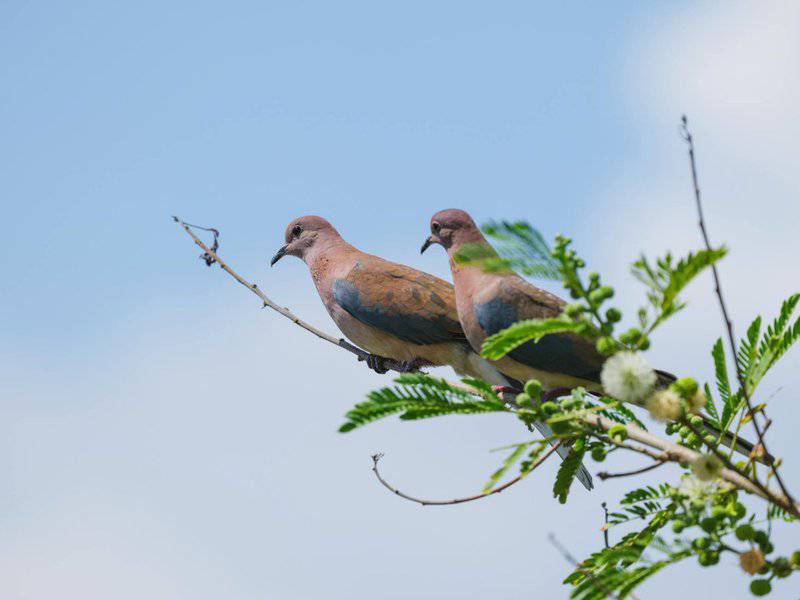
Homing pigeons astound scientists and enthusiasts alike with their remarkable homing instincts. These birds can navigate hundreds of miles to find their way back home, even from unfamiliar locations. Researchers have found that homing pigeons use a blend of Earth’s magnetic field, the sun’s position, and subtle infrasound cues to orient themselves. Their extraordinary abilities have been harnessed throughout history, from carrying wartime messages to peaceful sporting events. Source: Smithsonian Magazine
3. Loggerhead Sea Turtle
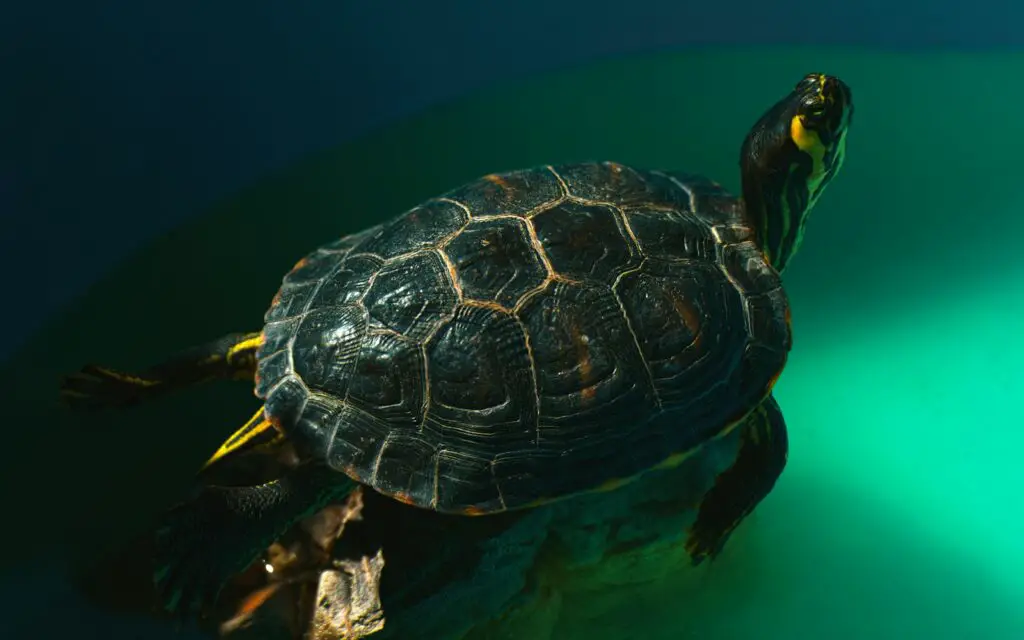
The Loggerhead sea turtle is a marvel of marine navigation. After hatching, these turtles embark on epic journeys spanning thousands of miles across entire oceans. What’s truly astounding is their ability to return years later to the exact beach where they were born. Scientists believe Loggerheads harness the Earth’s magnetic field as a natural GPS, imprinting unique magnetic signatures of their birthplace. This remarkable skill helps ensure the survival of future generations. Source: NOAA Fisheries
4. Monarch Butterfly

The monarch butterfly undertakes one of nature’s most breathtaking migrations, fluttering up to 3,000 miles from North America to the forests of central Mexico. Despite their fragile appearance, these butterflies are skilled navigators. Monarchs use a sophisticated combination of a sun compass and Earth’s magnetic cues to stay on course across continents. This innate ability allows generation after generation to find the same overwintering sites year after year. Source: National Wildlife Federation
5. Sockeye Salmon
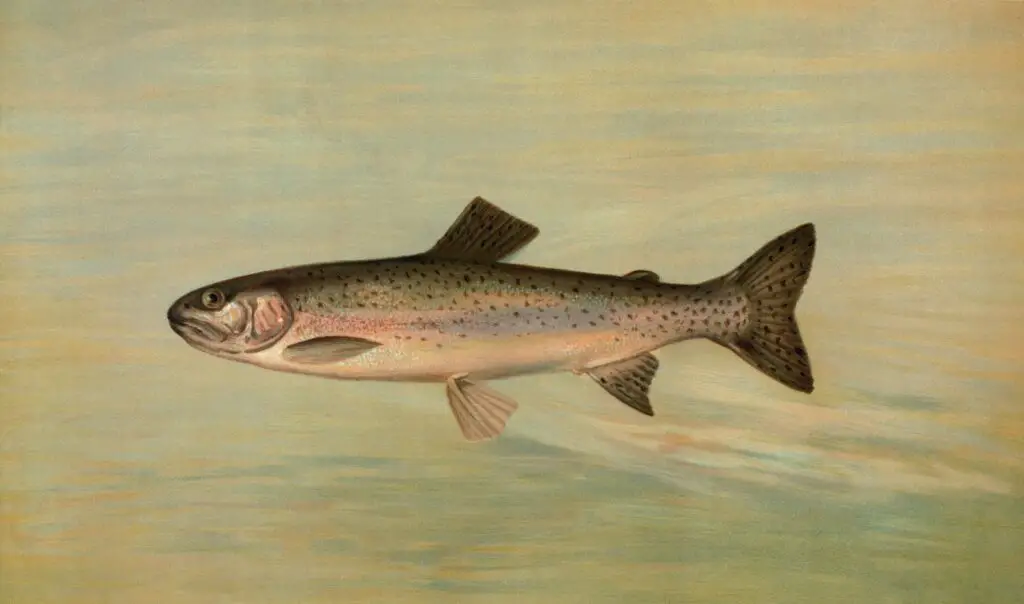
Sockeye salmon are celebrated for their extraordinary homing instinct. After spending years in the open ocean, they return to the exact rivers and streams where they were born to spawn. Their navigation toolkit includes detecting chemical cues in the water, following the sun’s position, and possibly sensing the Earth’s magnetic field. This natural guidance system ensures that each generation finds its way home, continuing the cycle of life. Source: U.S. Fish & Wildlife Service
6. African Elephant
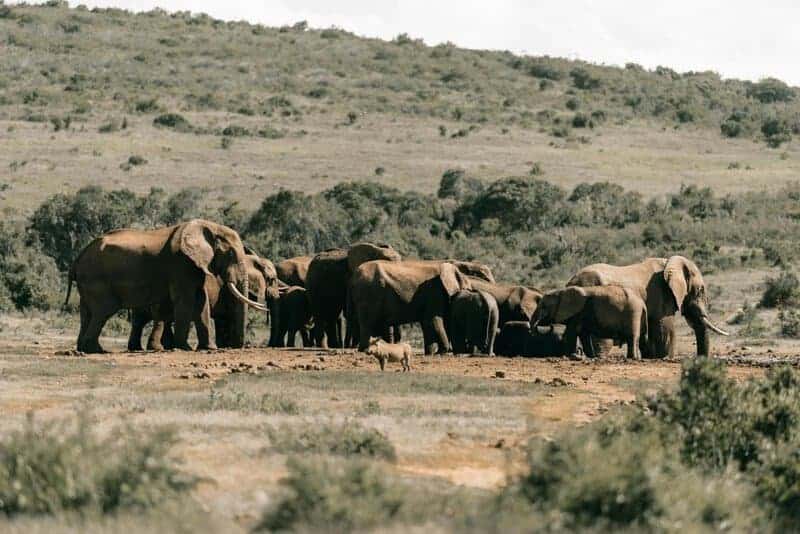
African elephants are masters of long-distance travel, often journeying across arid landscapes to find life-sustaining water. These intelligent giants rely on an impressive memory, environmental cues, and possibly even seismic vibrations carried through the ground to navigate their habitats. Their ability to recall distant watering holes and adapt to changing conditions highlights their exceptional natural GPS. Source: WWF
7. European Eel
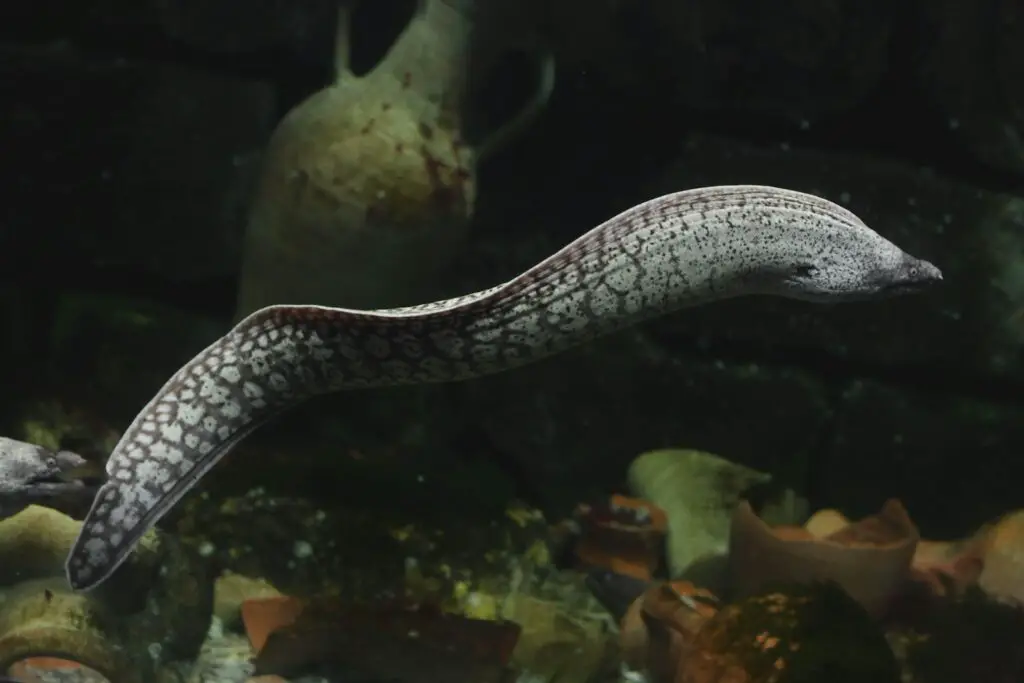
The European eel embarks on one of nature’s most enigmatic migrations. Hatching in the distant Sargasso Sea, these eels travel thousands of miles to reach rivers and streams across Europe. How they chart this complex route is still largely a mystery, but researchers believe magnetic sensing plays a crucial role in their navigation. This innate ability guides them through vast and varied aquatic environments with astonishing accuracy. Source: Nature
8. Bar-Tailed Godwit
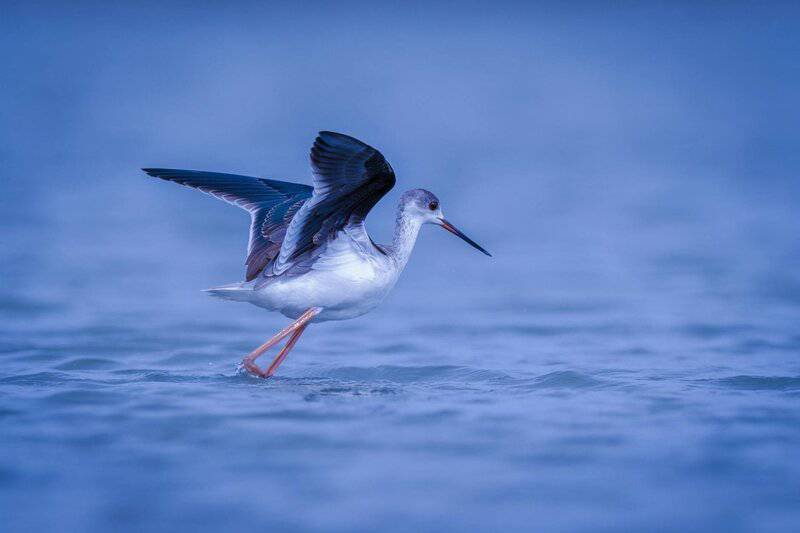
The bar-tailed godwit is a true long-distance aviator, undertaking nonstop flights from Alaska to New Zealand—over 7,000 miles without a break. During these epic migrations, godwits navigate by reading the sun, stars, and Earth’s magnetic field, allowing them to maintain their course across vast oceans. This remarkable endurance and navigational finesse make their journey one of the most impressive in the animal kingdom. Source: BBC
9. Green Sea Turtle
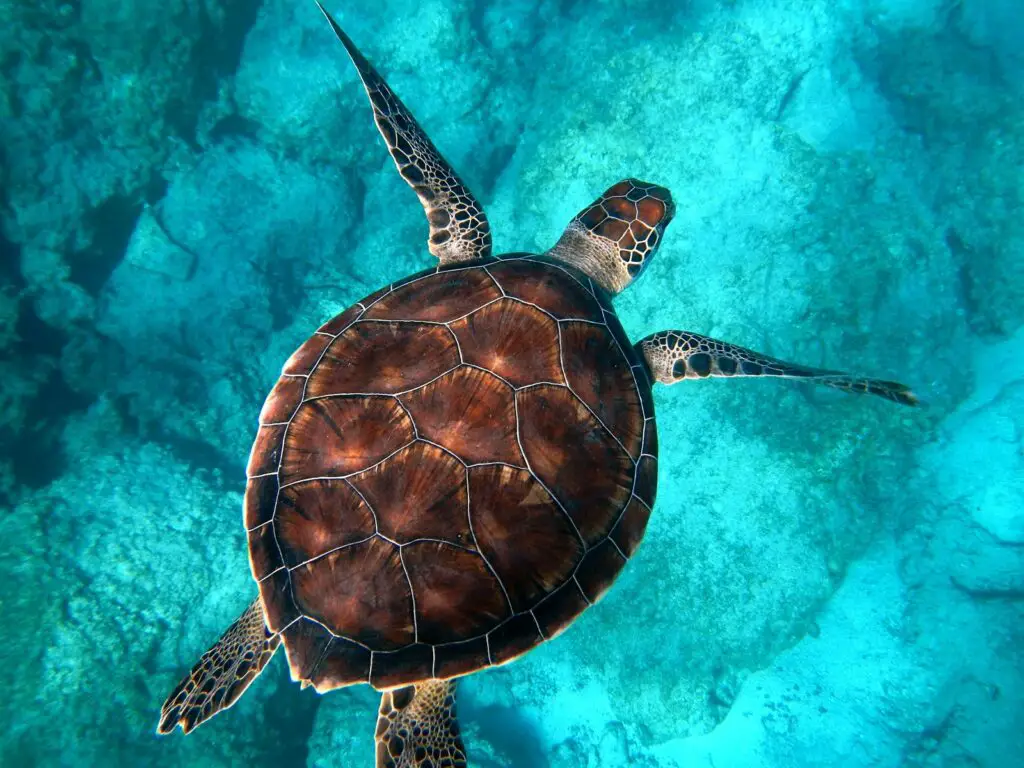
Green sea turtles are renowned for their epic migrations between distant feeding grounds and the beaches where they nest. These ancient mariners navigate the open ocean with remarkable accuracy. Scientists have discovered that green sea turtles use the Earth’s magnetic signatures as a kind of biological map, while also taking advantage of prevailing ocean currents. This dual guidance system ensures they can travel thousands of miles and still return to the precise stretch of sand where their journey began. Source: National Park Service
10. Indigo Bunting

The indigo bunting is a small songbird with a stellar sense of direction—literally. These birds migrate at night, using the stars to chart their course. Young buntings learn to recognize the rotation of the night sky, allowing them to head south in fall and return north in spring with impressive accuracy. Their celestial navigation is a beautiful example of nature’s ingenuity. Source: Audubon Society
11. Humpback Whale

Humpback whales are the marathon swimmers of the ocean, traveling up to 16,000 miles annually between feeding and breeding grounds. Scientists believe these giants use a combination of Earth’s magnetic fields, subtle changes in water temperature, and even the sun’s angle to guide their impressive migrations. Their ability to traverse such vast and sometimes featureless oceans showcases a navigational prowess that still puzzles researchers today. Source: MarineBio Conservation Society
12. Caribou
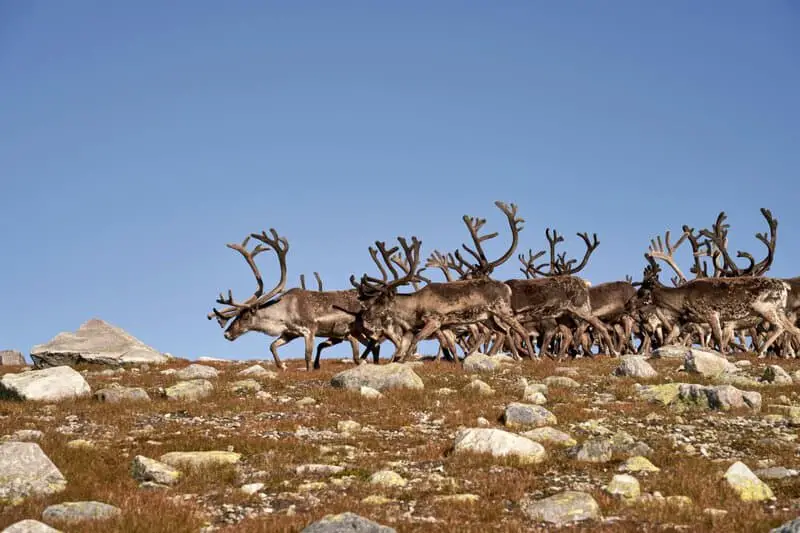
Caribou are famous for their epic overland migrations, with some herds covering up to 3,000 miles each year across tundra and forest. These resilient animals rely on a keen memory of the landscape, tracing traditional routes that span generations. Recent studies suggest caribou may also use Earth’s geomagnetic field to help orient themselves during their journeys, adding another layer to their extraordinary navigational skills. Source: Canadian Geographic
13. Leatherback Sea Turtle
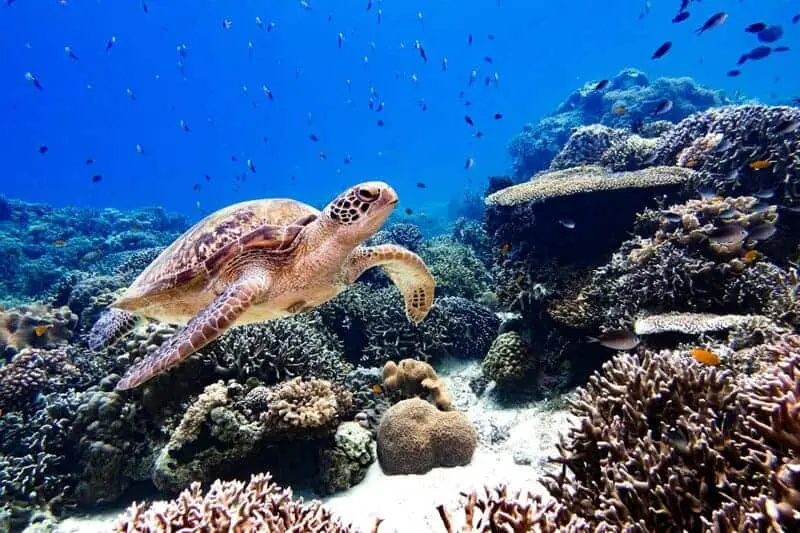
The leatherback sea turtle undertakes some of the longest migrations in the animal kingdom, crossing vast ocean basins between feeding grounds and nesting beaches. Scientists have discovered that leatherbacks navigate using a combination of the Earth’s magnetic fields and subtle changes in water temperature. This allows them to pinpoint distant destinations with incredible accuracy, despite the ever-changing nature of the open sea. Their journeys highlight the sophisticated natural GPS built into these ancient mariners. Source: WWF
14. Catfish
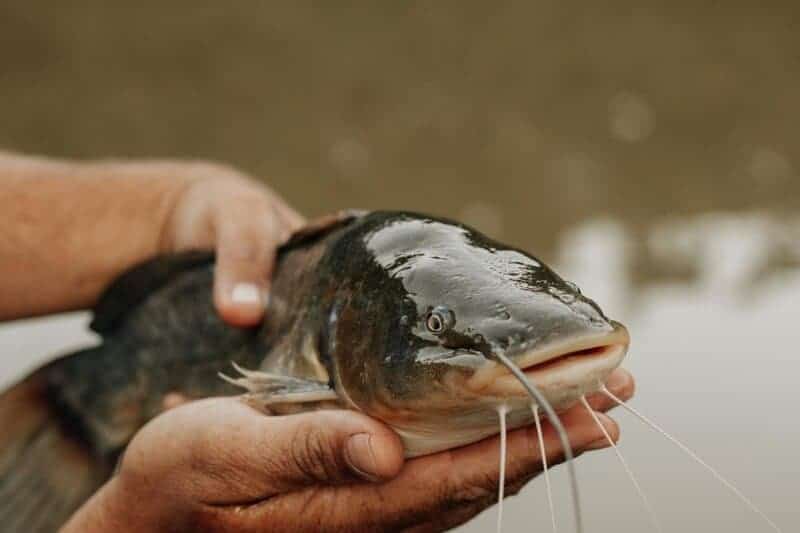
Certain catfish species possess remarkable homing abilities, deftly navigating rivers and streams to return to their home waters. Scientists believe these fish rely heavily on chemical cues in their environment, using their acute sense of smell to recognize familiar locations. There’s also growing evidence that catfish may detect Earth’s magnetic fields, adding another layer to their navigational toolkit. This natural guidance system is vital for both migration and homing. Source: Scientific American
15. Red Knot
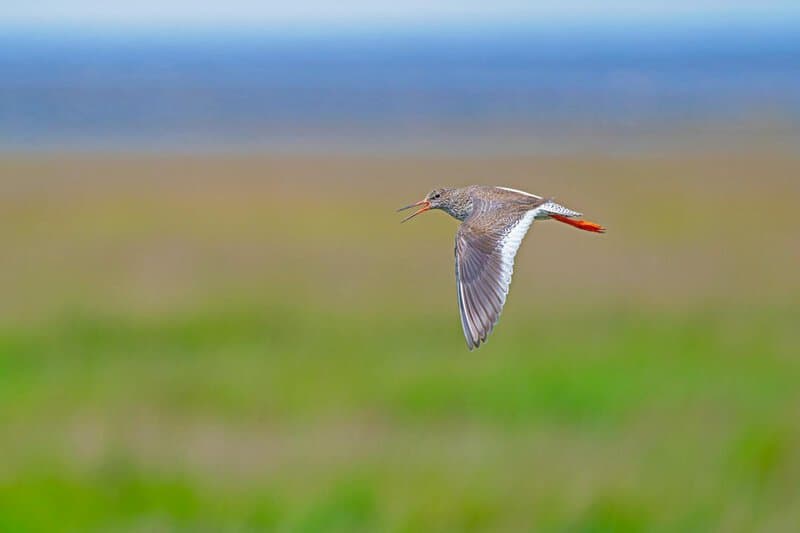
Red knots are renowned for their extraordinary transcontinental journeys, flying from the Arctic all the way to South America each year. These small shorebirds depend on a sophisticated mix of celestial cues—such as the sun and stars—and Earth’s magnetic fields to navigate thousands of miles with impressive accuracy. Their ability to cross multiple continents showcases just how advanced nature’s navigation systems can be. Source: BirdLife International
16. Bluefin Tuna
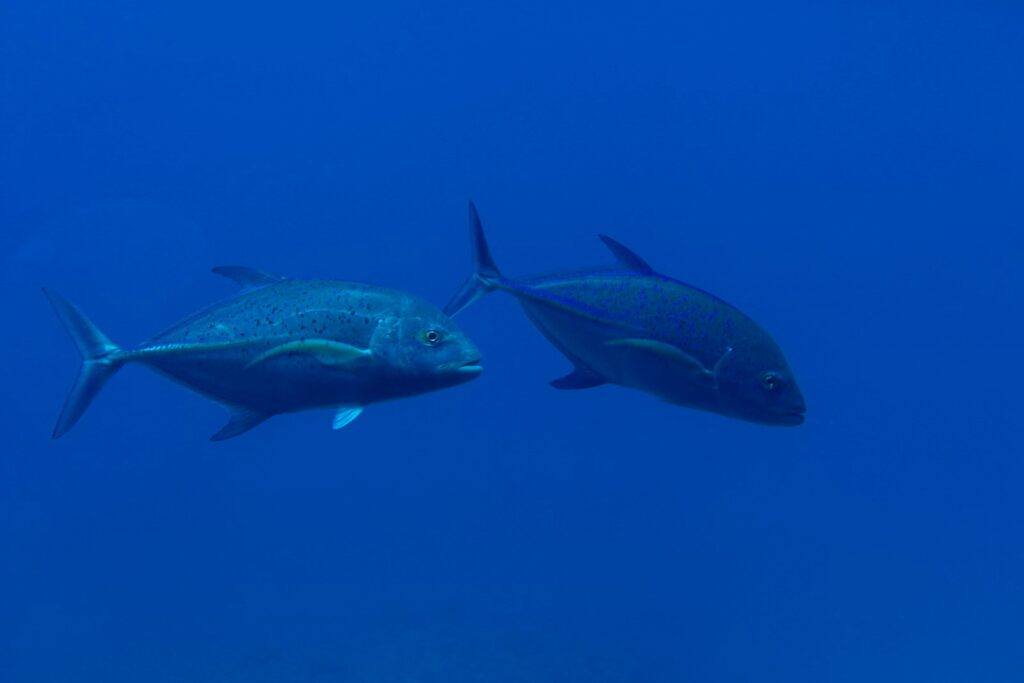
Bluefin tuna are swift, powerful swimmers capable of crossing the entire Atlantic Ocean. Their long migrations to spawning grounds are guided by a keen sensitivity to temperature gradients, the flow of ocean currents, and subtle geomagnetic cues. This natural navigation system allows bluefin tuna to locate optimal habitats and return to precise locations year after year, despite the vastness and complexity of the marine environment. Source: NOAA Fisheries
17. Honey Bee
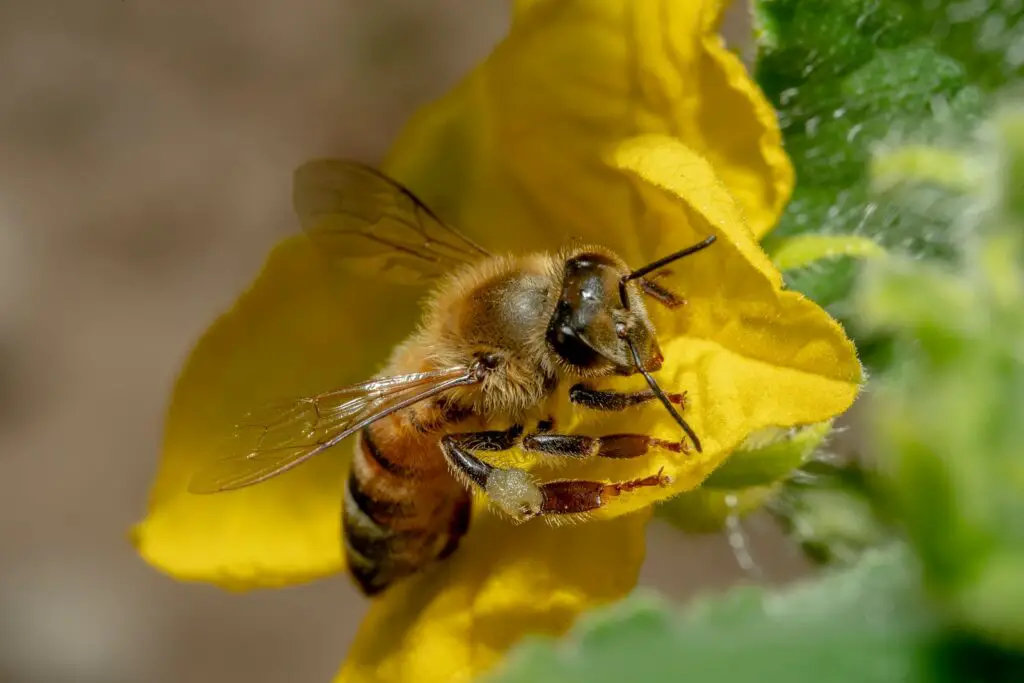
Honey bees are tiny navigational experts, able to forage miles from their hive and return without a hitch. Their secret lies in a sophisticated navigation toolkit: they use the position of the sun, detect polarized light patterns, and may even sense Earth’s geomagnetic field. This intricate system ensures bees can efficiently locate flowers and communicate directions to their hive-mates through the famous “waggle dance.” Their remarkable sense of direction is essential for the survival of the whole colony. Source: Science News
18. Australian Bogong Moth
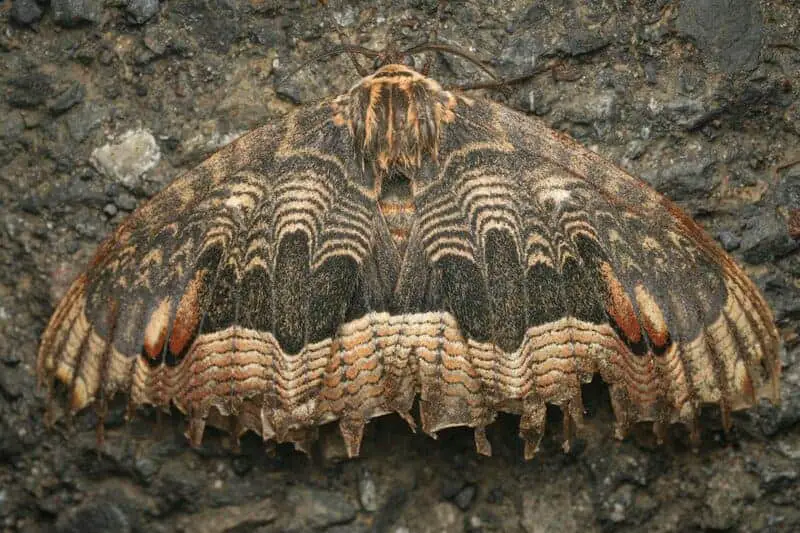
Australian Bogong moths undertake impressive migrations, flying hundreds of miles each year to find cool mountain caves for summer shelter. Researchers have found that these moths rely on both magnetic fields and visual landmarks to guide their nocturnal journeys. This dual navigation system allows them to pinpoint the same remote caves generation after generation, demonstrating a level of precision that rivals even the most advanced technology. Source: The Conversation
19. Sooty Shearwater
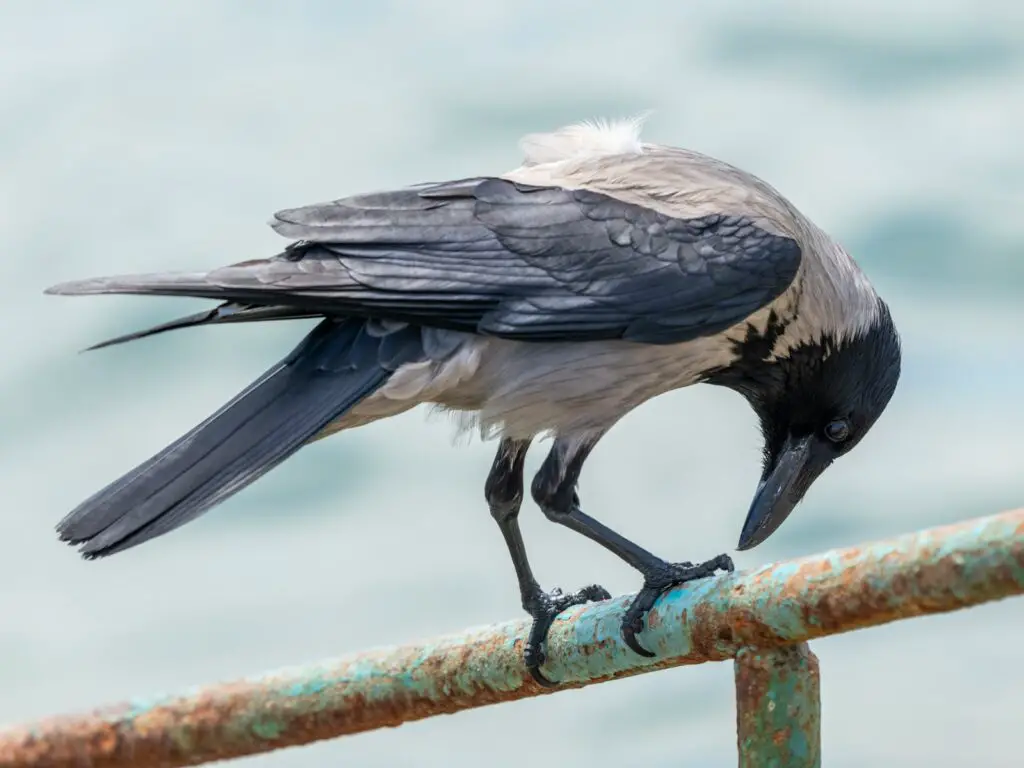
Sooty shearwaters are legendary for their marathon migrations, traveling up to 40,000 miles as they journey from New Zealand to the North Pacific and back each year. These seabirds masterfully harness global wind patterns and rely on Earth’s magnetic cues to navigate across vast expanses of open ocean. Their navigational abilities allow them to track food sources and breeding sites with astonishing precision, making their annual migration one of the most remarkable in the animal kingdom. Source: Science
20. Green Darner Dragonfly
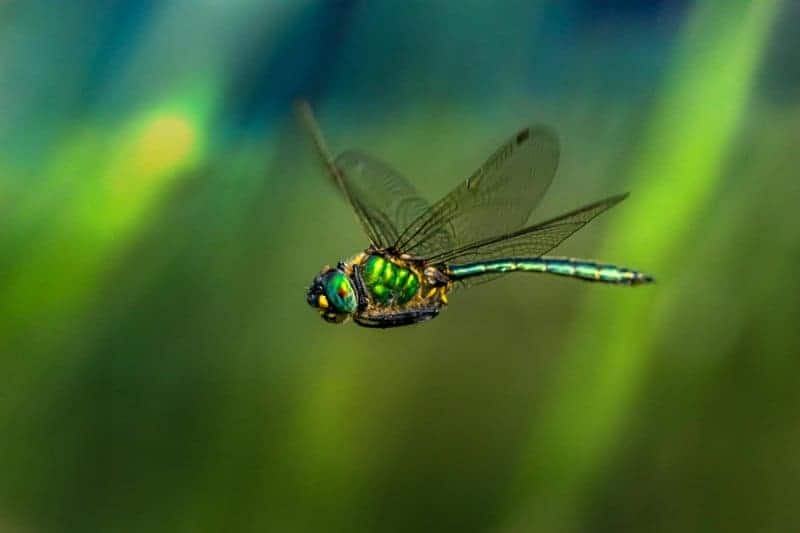
The green darner dragonfly is a tiny but mighty traveler, migrating thousands of miles across North America each year. Scientists believe these dragonflies rely on a combination of polarized light, prevailing winds, and geomagnetic cues to navigate their impressive journeys. Despite their delicate appearance, green darners complete epic migrations that rival those of much larger animals, demonstrating the extraordinary adaptability and navigational prowess found in the insect world. Source: National Wildlife Federation
21. Ants (Desert Ant)
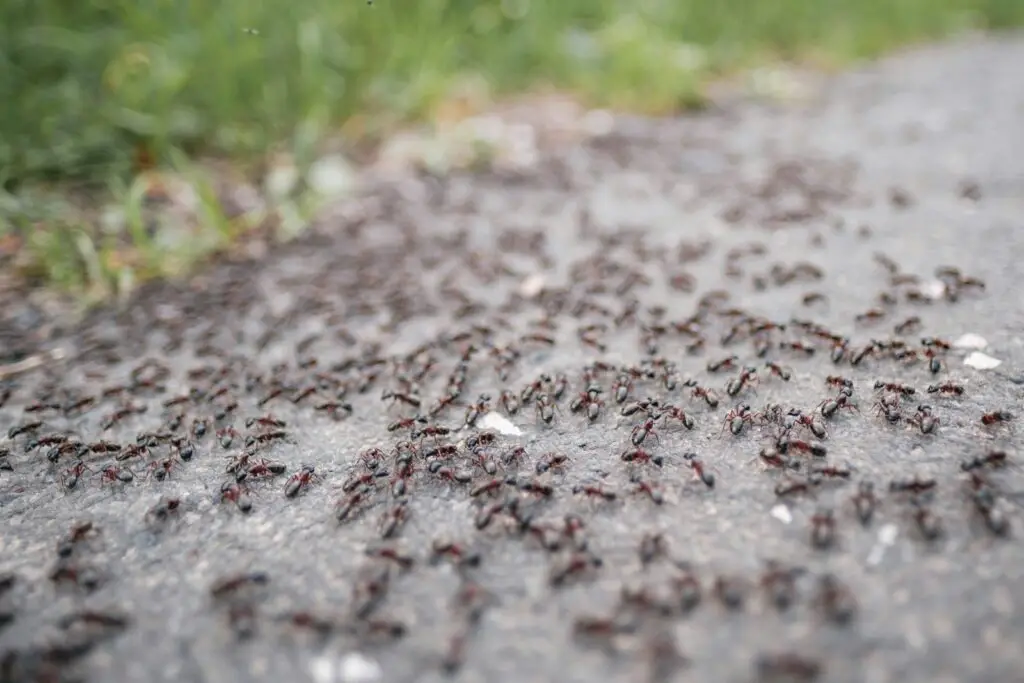
Desert ants are true navigational prodigies, thriving in some of the world’s harshest and most featureless landscapes. These ants use an incredible array of tools to find their way: they count their steps, interpret polarized light patterns in the sky, and can even sense the Earth’s magnetic field. This sophisticated internal GPS allows them to return to their nests with pinpoint accuracy, even after lengthy foraging missions across seemingly identical terrain. Source: ScienceDirect
22. Leatherjacket Fish
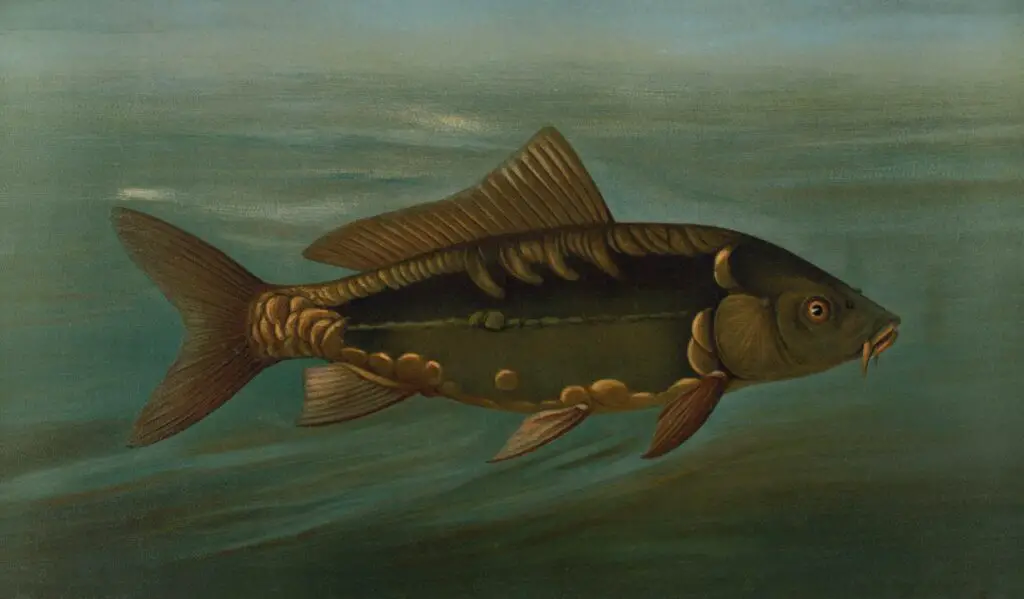
Leatherjacket fish are known for their impressive spawning migrations, traveling long distances through the open ocean. Scientists believe these fish use prevailing ocean currents to help guide their journeys, and there’s growing evidence that they may also rely on geomagnetic cues for orientation. This combination allows leatherjackets to locate specific spawning grounds year after year, ensuring the continuation of their species. Source: Australian Museum
23. Atlantic Puffin
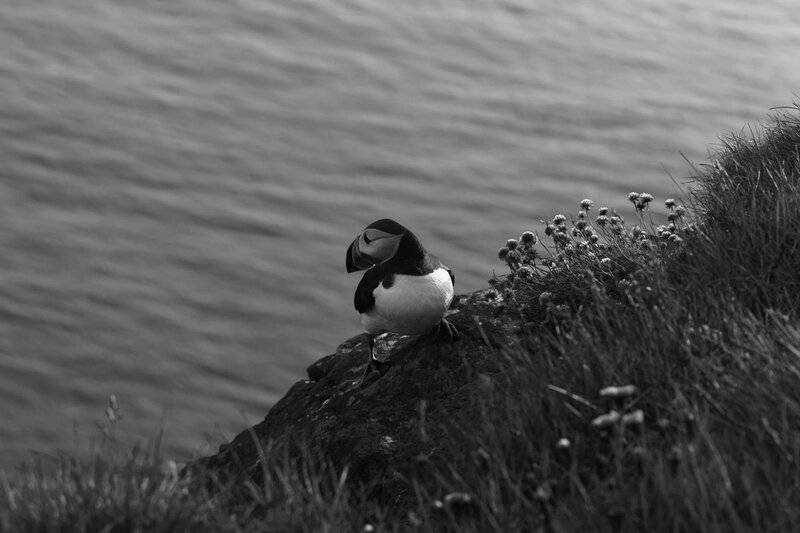
Atlantic puffins are remarkable seabirds, spending the majority of their lives navigating the open ocean. They find their way across vast, often featureless waters by relying on a combination of magnetic cues, visual landmarks, and the position of the sun. This natural GPS enables puffins to return precisely to their nesting colonies after months at sea, demonstrating their extraordinary sense of direction and navigational skill. Source: RSPB
24. Swordfish
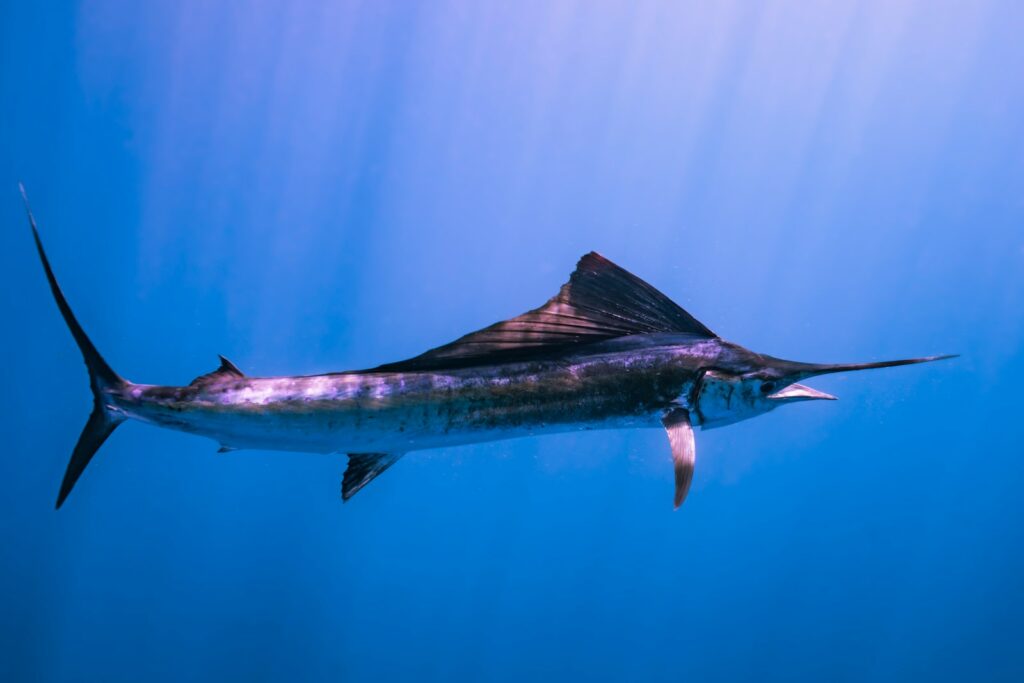
Swordfish are powerful oceanic travelers, migrating across the Atlantic between feeding and spawning grounds. They expertly navigate their vast marine environment by following changes in water temperature, riding ocean currents, and potentially using the Earth’s magnetic field to stay on course. This impressive natural navigation ensures that swordfish arrive at the right places at the right times for survival and reproduction. Source: NOAA Fisheries
25. Bar-Headed Goose

Bar-headed geese are legendary for their awe-inspiring migrations over the towering Himalayan mountains. These birds are specially adapted to fly at extreme altitudes, where oxygen is scarce and temperatures are frigid. To stay on course, they rely on visual landmarks, unique physiological adaptations, and possibly geomagnetic information to guide their journey. This extraordinary natural GPS system allows them to undertake one of the world’s most challenging and impressive migrations. Source: BBC Earth
26. Spiny Lobster
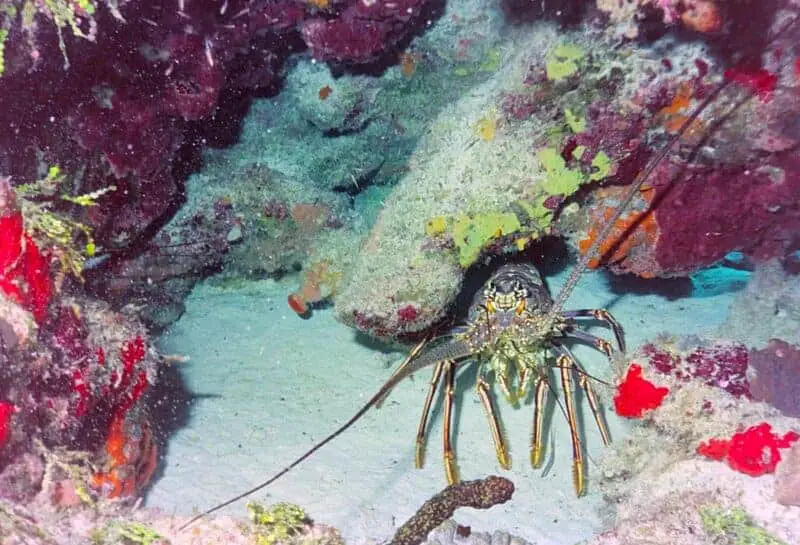
Spiny lobsters are remarkable navigators of the ocean floor, migrating in impressive single-file lines to reach their breeding grounds. Scientists have discovered that these lobsters use the Earth’s magnetic field alongside environmental signals such as water temperature and current flow to chart their journeys. This combination of navigational tools ensures they arrive at precise destinations, even across vast and complex underwater landscapes. Source: Science Advances
27. Wedge-Tailed Shearwater
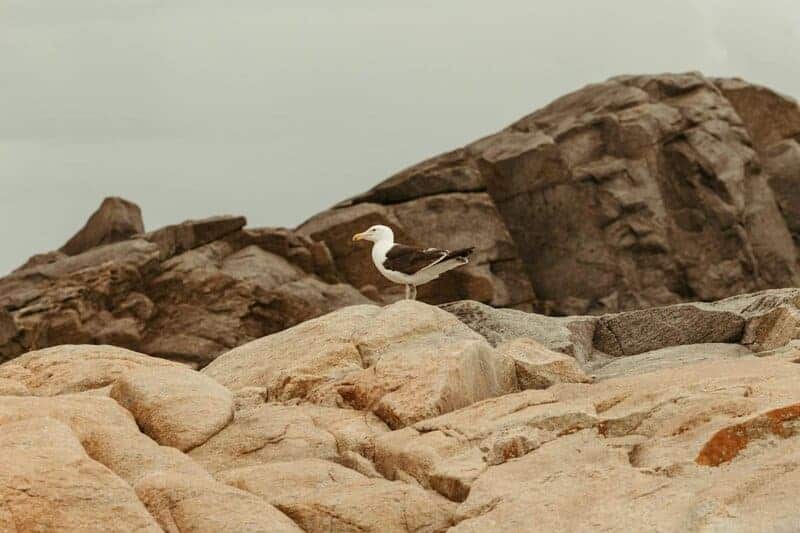
Wedge-tailed shearwaters are expert navigators of the Pacific, migrating vast distances and always returning to the same nesting colonies each year. These seabirds rely on magnetic fields and subtle oceanic cues to find their way across featureless expanses of water. Their remarkable homing skills ensure that, no matter how far they roam, they reunite with their breeding grounds season after season. Source: Birds of the World
28. Garden Warbler
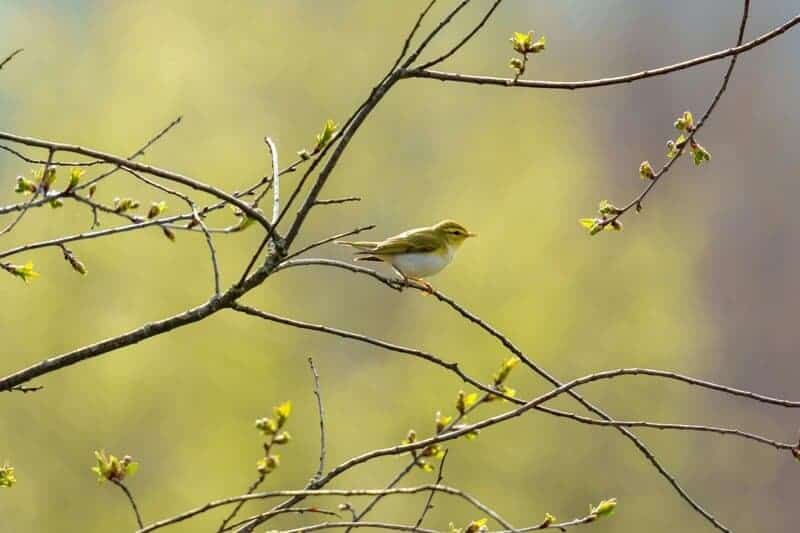
Garden warblers embark on impressive migrations, traveling between Europe and sub-Saharan Africa each year. These small songbirds use a sophisticated blend of navigational tools: they orient themselves by the stars at night, sense the Earth’s geomagnetic fields, and recognize distinctive landscape features along their route. This intricate internal GPS ensures garden warblers find their way across continents and return to their breeding grounds with astonishing consistency. Source: British Trust for Ornithology
Conclusion

The astonishing diversity of navigational abilities found in the animal kingdom is nothing short of inspiring. From birds that chart courses by the stars to sea creatures attuned to Earth’s magnetic fields, these natural GPS systems outshine even our most advanced technology. Each species we’ve explored reveals a new layer of nature’s ingenuity—and reminds us how much there still is to discover. What other secrets do these master navigators hold? Let their journeys spark your curiosity and appreciation for the wild world around us.

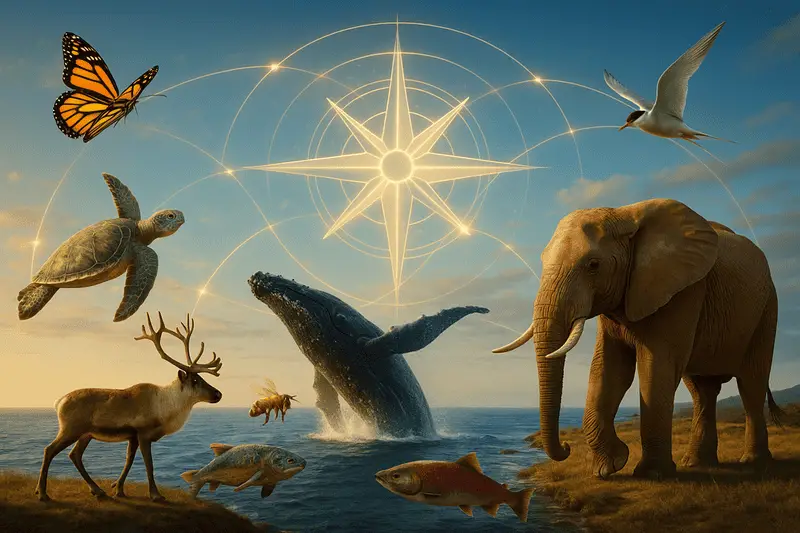

Vielleicht interessiert es Sie:
Wussten Sie! Minensuchratten auf dem Schlachtfeld und sie sind super effektiv!
Wie viele Giraffenarten gibt es? Leben sie alle in Afrika?
Der Vogel ist das Weibchen der Vögel: wahr oder falsch?
Warum bauen Biber Dämme? Welchen Nutzen?
Warum leben manche Tiere nachtaktiv? Welche Vorteile?
Küssen Tiere? Ist das die gleiche Bedeutung wie Menschen?
200+ Hilarious Seahorse Jokes That Will Make You Smile and Giggle
200+ Funny Investment Jokes to Boost Your Financial Humor Game